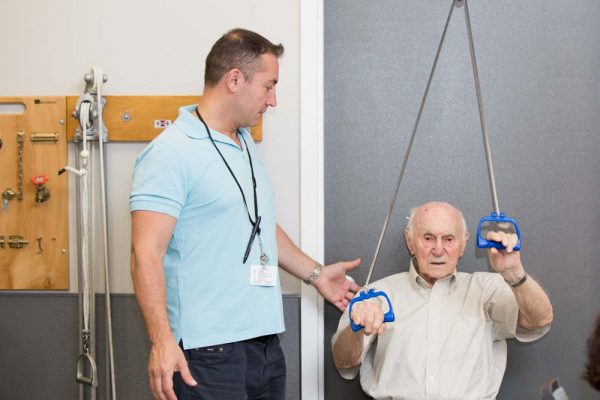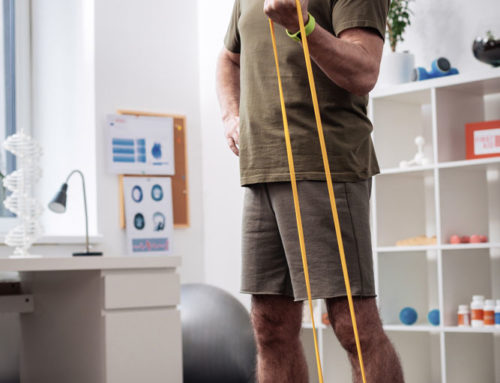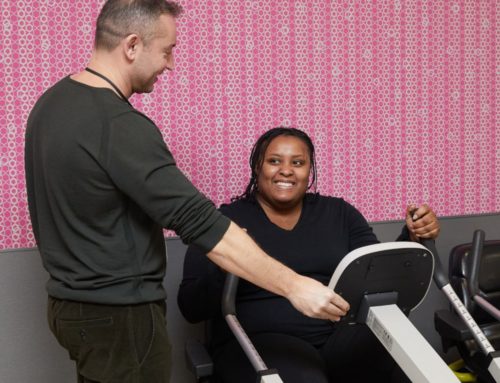Frozen Shoulders: What To Do
Frozen shoulders or adhesive capsulitis is a painful and common condition. Sometimes, without warning and for no apparent reason, your shoulder can seize up. The symptoms gradually get worse over time and can take months or even years to go away. Adhesive capsulitis will eventually heal but there are steps you can take to assist with recovery.
What causes frozen shoulders?
The ball-and-socket shoulder joint consists of three bones: the humerus (upper arm), clavicle (collarbone) and scapula (shoulder blade). Holding everything together is the shoulder capsule. Frozen shoulder causes the capsule to thicken and become tight. Scar tissue forms and there is a reduced amount of fluid to lubricate the joint. This results in stiffness which limits your range of movement.

Doctors are unsure why some patients develop adhesive capsulitis. However, there are certain people who are more at risk. The condition is more common in adults between 40 and 60 years of age and women are more susceptible than men.
Those patients recovering from a stroke or mastectomy are more at risk. Recovery keeps them from moving their arm, causing the shoulder joint to become stiff. The medical conditions linked to frozen shoulders include diabetes, thyroid disease, and Parkinson’s.
Can a frozen shoulder be permanent?
Doctors refer to frozen shoulders as ‘self-limiting’ which means the condition will go away on its own. Unfortunately, this can take anywhere from one to three years. A full recovery is generally expected. However, in extreme cases, some range of movement may be permanently lost.
Frozen shoulder starts gradually and worsens with time. There are three stages:
- The freezing stage lasts between 2 and 9 months. During this time, there is severe shoulder pain that gets worse at night.
- The second is the frozen stage. For 4 to 12 months the pain lessens but the shoulder becomes very stiff, limiting mobility.
- The third is the thawing stage or recovery phase. Over a period of 6 months to 2 years, patients will gradually regain their full range of motion.
What is the best exercise for a frozen shoulder?
Continuing to move your shoulder is vitally important when suffering from frozen shoulders. Although you will be in pain and your range of movement limited, you need to continue using the joint. However, you also need to be careful not to damage the shoulder even more. Heavy lifting or sudden movements can make the condition worse.
Physical therapy is the best way to ensure you are doing the right exercises. Depending on how severe the tissue scarring is, a therapist will use a variety of different techniques. These may include electric stimulation, massage, and exercises to strengthen and stimulate the joint.
Therapy sessions may have to continue for weeks or maybe months depending on the severity. The ultimate goal is to get back full mobility as soon as possible–no matter how long that takes.
If you are suffering from frozen shoulders, Fairview Adult Day Care Center in Brooklyn is here to provide the support you need. Our expert physical therapists are ready to help your shoulder thaw out!
This article is for educational and informational purpose only and does not substitute for professional medical advice. For any questions about your own health condition, speak to a qualified physician or healthcare provider.







Leave A Comment